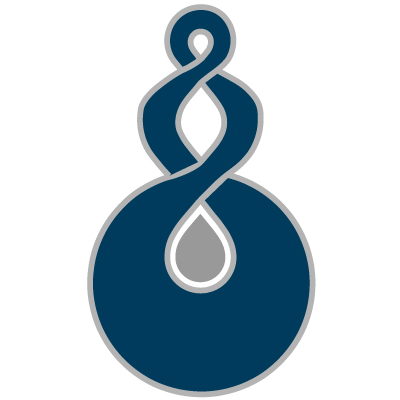These are big questions and there are many answers, which is why it is so confusing. The first step is to understand that the answer does not have to be the same for everyone.
A quick Google search gives us a dictionary definition of Mindfulness :
1. The quality or state of being conscious or aware of something.
2. A mental state achieved by focusing one’s awareness on the present moment, while calmly acknowledging and accepting one’s feelings, thoughts, and bodily sensations, used as a therapeutic technique.
Buddhist monk Thich Nhat Hanh gives this definition:
“Mindfulness is the energy of being aware and awake to the present moment. It is the continuous practice of touching life deeply in every moment of daily life. To be mindful is to be truly alive, present and at one with those around you and with what you are doing. We bring our body and mind into harmony while we wash the dishes, drive the car or take our morning shower.”
And John Kabat-Zinn says “You could think of mindfulness as wise and affectionate attention.” (Time, 1/11/2012) I like this one…short and sweet and easy to remember!
Okay…those are good answers. But HOW do you do it? This is where the variety comes in. In my experience, there is no one way to practice mindful living and very few people can claim to do it 100% of the time (except maybe the Dalai Lama). So is there value to a mindfulness practice if we are not looking to become a Buddhist monk, yoga guru or Zen master? I think there is and have seen an impact on my life and the lives of my clients who commit to a mindfulness practice.
Let’s tackle the “HOW” question. Many people will point you towards meditation as the journey to “Mindful Living.” But meditation is not just one thing. Most of us picture meditation as sitting cross-legged for hours in silence, like in the movie “Eat, Love, Pray.” To be real, how many of us can do that? I struggle to make it 10 minutes! What is even harder is to get your brain to be quiet. Even when you try to concentrate on your breath or a mantra your brain has other ideas. This is why so many people stop meditating. We feel like failures when we have to keep redirecting our brain to one thought or point of focus. This, my friends, is called “judgment.”
So to make it simple, the first step to an active mindfulness practices is to cut yourself some slack and accept your humanity. There is no place for “judgment” in mindful living. This is probably the hardest part of the whole process, but such a key element that I like to start with it and return to it often. Judgment pops into our lives every minute so be prepared to gently remind yourself when you find yourself doing it. For some it will be easier to notice judgments on others before diving into their own self-judgment. For others it will be easier to work quietly on self-judgment before tackling the task of taking judgment out of other interactions. There is no right way….it would be a judgment to say that there was a right way!
Now for the question of which practice to use? As a mindfulness coach, I would explore your life and your own passions with you when trying to determine the best way to start a mindfulness practice. Some find ritualistic prayer to be comfortable, others like exercise. (Yes running can be meditative. The military uses chants to keep soldiers from thinking about how much their feet hurt on 10 mile runs…this is a form of meditation.) Yoga, Tai chi, and Gigong are classic Eastern meditation practices, now adapted to Western lifestyles. For some just a relaxing bath or hot shower can help clear the brain and create room for creative focus. It is okay to try something and decide it is not right for you at this time in your life. If nothing else you will have gained some knowledge that you might find useful in the future. Remember…no judgment. I personally find Yoga is my thing but have taken classes where I just wasn’t feeling it, so I've learned that nothing is perfect all the time.
An easy, simple place to start today is to go to the breath. Spend the day checking in on your breathing and notice what is going on in your body. Use your modern technology to help you out…set reminders on your calendar to chime throughout the day to remind you to check in on your breath. Go back to the fist step and do not judge your breath…just notice it. If you choose to make a change and breath deeper or even take ten deep breaths, do that. After you get the hang of this you can start to choose other practices that might take you deeper or challenge you. Don’t judge!
Remember this is a journey. Like any journey there will be stops along the way and you will learn new things with each experience. The key is to keep the judgment demon at bay and be present enough to notice each experience and take something along for the next part of your journey. Mindful living will not create a trouble free life, but it may help you weather the storms and achieve goals that previously seemed out of reach. No matter how old you are, you are not a finished product yet!
Holly Kelly, LCSW
Treating Anxiety and Depression in adolescents, young adults and adults in transitions.
Mindfulness coach.
Crisis consultant.
Follow me on Instagram at hollykelly_lcsw for daily mindfulness treats.
Free telephone consultations: 203-918-0336
